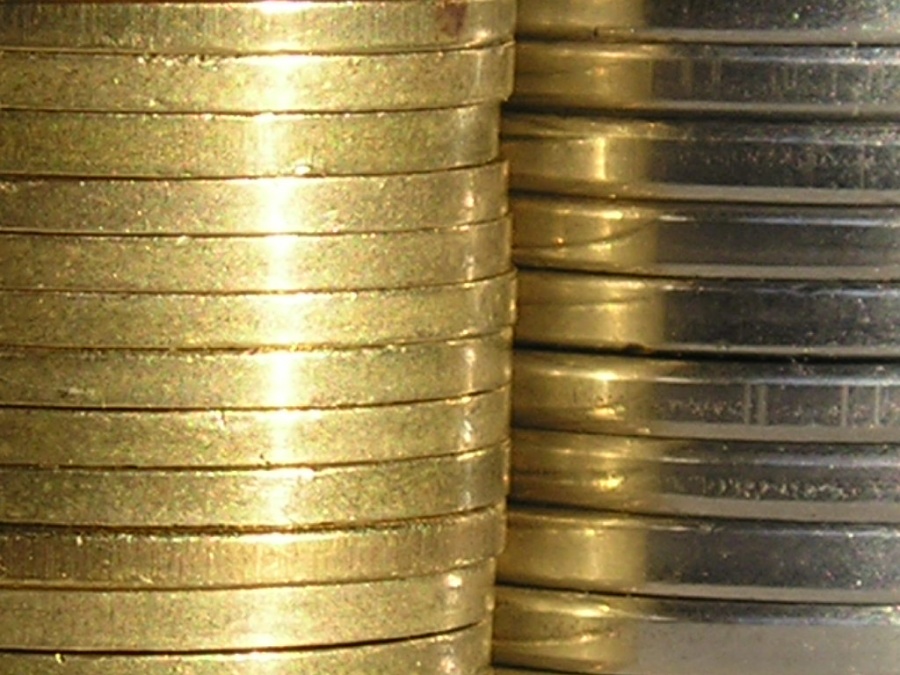“Concerning the Parsha of Shekalim Moshe said to Hashem, ‘After my death I won’t be remembered.’ The Holy One, Blessed be He answered him, ‘By your life, the same way that you are standing now and giving the Parsha of Shekalim to Klal Yisroel and are counting and raising their heads, so too every year when they will read this Parsha it will be as if you are standing there at that moment and raising their heads…’ The Passuk doesn’t say ‘raise’ their heads, rather ‘you will raise…’”
Midrash Tanchuma, Ki Tisa 3
Imagine, every year Moshe Rabeinu again elevates the heads of all of Klal Yisroel, the same way that he did by the first Parshas Shekalim. This in itself is a very inspiring thought. But what does it mean that Moshe raises and elevates our heads? How does it translate to our own everyday Avodas Hashem?
Most years, Shekalim is read the week of Parshas Mishpatim. In leaps years, it’s usually read on the week of the double Parsha of VaYakhel-Pekudei. This year, we have an unusual occurrence of Parshas Shekalim being read on a Shabbos of Pekudei by itself. What could be the special Avodas Hashem of this week, Parshas Shekalim 5771?
We are fortunate to know about the teachings of Rebbe Nachman. The Rebbe told us (RNW 200) that with each Torah in Likutei Moharan we can go through the entire Torah. This means that we can have a new and fresh understanding in every part of the Torah in light of his teachings. Let’s try to see what we can learn about Parshas Pekudei-Shekalim that we can apply to our Avodas Hashem.
We find in Parshas Pekudei (Shemos 39:33) that “They brought the Mishkan to Moshe…” Rashi writes that the Mishkan had to be brought to Moshe because no other person was able to assemble it.
Someone once asked Reb Nosson, who is greater, a person on a low level who is close to a Tzaddik, or someone on a great level who’s not? His answer was that we see by Moshe that even if someone made something very big for the Mishkan but didn’t bring it to Moshe, it wouldn’t have been worth anything at all. But someone who did just a small thing but brought it to Moshe Rabeinu, it would have been very significant as Moshe would build the Mishkan with it. In Likutei Moharan 2:6 the Rebbe teaches that for this reason, since every prayer is a piece of a Mishkan, we have to all attach our prayers with the Tzaddik, so that he can build the Mishkan with them, and the same is for all Avodas Hashem. (see Avaneha Barzel 62)
Why can the Mishkan only be built by Moshe? Why can’t each person take his part and build it into the whole structure himself?
In Hil’ Nachalos 4 Reb Nosson explains that the potency of Tefilah, and Avodas Hashem in general, depends on how much we believe in it. A person has to believe in his own prayer, that Hashem is listening to him and cares to hear him, and that Hashem answers prayer. According to the strength of that faith, Hashem actually answers our prayers.

